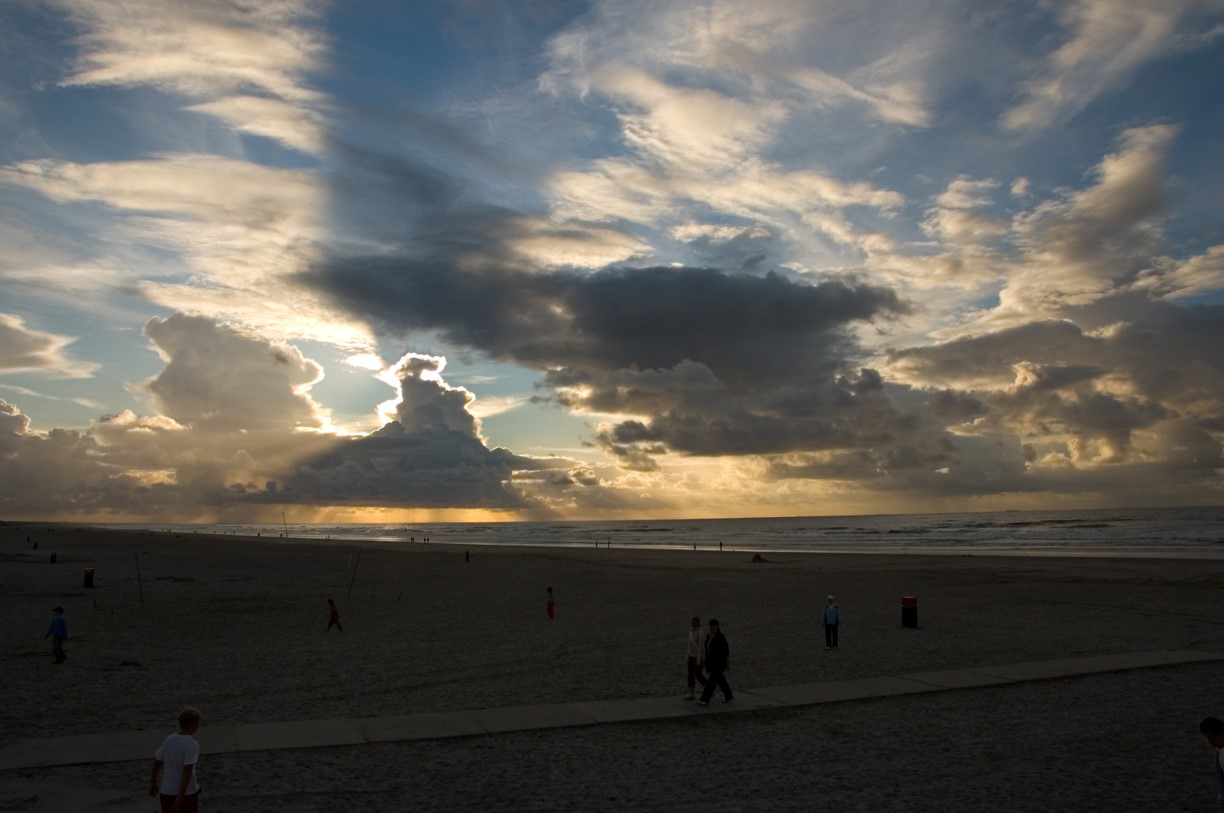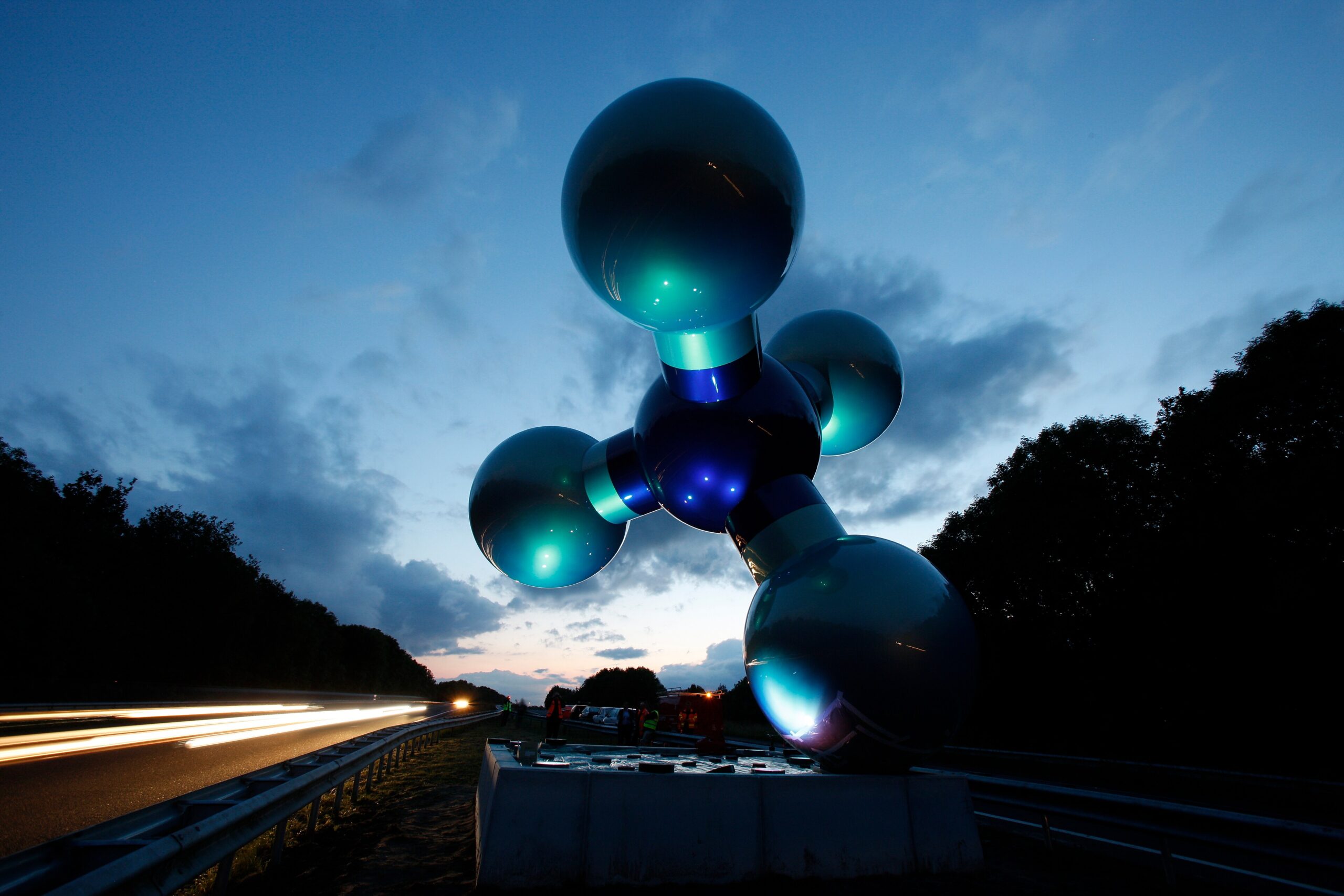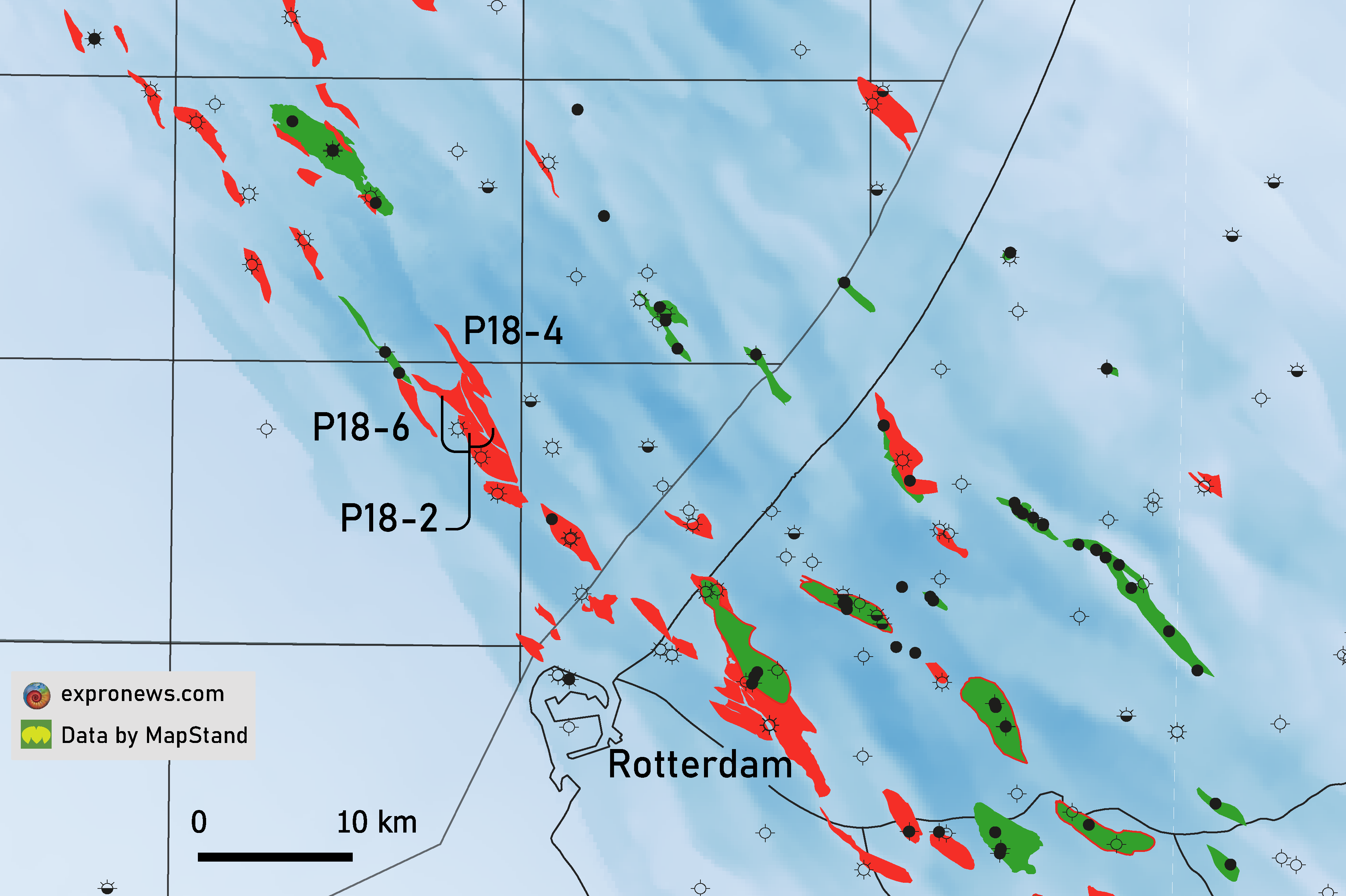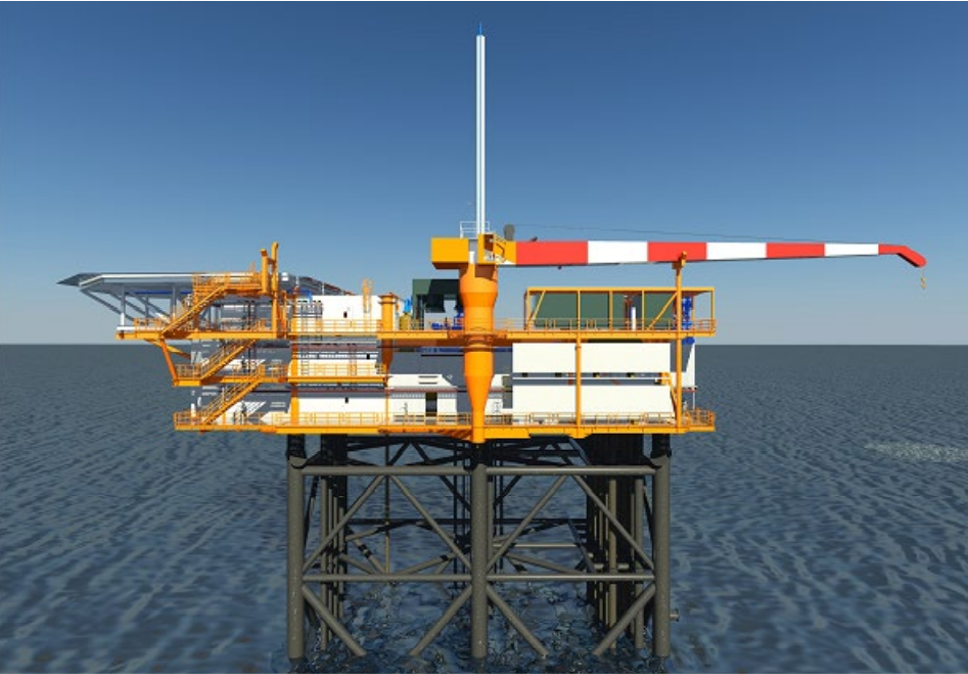When Hansa Hydrocarbons applied for acreage in the eastern part of the Dutch sector and the adjacent part of the German offshore, few people actually believed that there was much to go after.
The story begins in 2008, when the company is on the lookout for farm-in opportunities. At that time, Wintershall was going to drill an appraisal well (L1-2) in the German North Sea and was open to a farm-out. This marked the start of Hansa’s presence in the area that would last for about ten years.
The Wintershall well – which was drilled on 2D seismic – was not a success, and the company subsequently intended to relinquish the licence after plugging and abandonment in 2010. However, as Simon Lunn, who was a director at Hansa Hydrocarbons at the time recalls, “the VSP acquired in the well showed that the acoustic impedance of the so-called basal Rotliegend sand was different from the acoustic impedance of the overlying and underlying rock formations.” Even though the sand was water bearing, it meant that there was potential to map it regionally and possibly drill it in a more favourable location.

Basal Rotliegend sands
Most of the gas produced in the Netherlands and the UK Southern North Sea is reservoired in Upper Permian Rotliegend sandstones deposited in a desert environment about 260 million years ago. Known as the Slochteren Formation in the Dutch sector, the prevailing concept was that the pinch-out line of the Slochteren sands into the shales of the Silverpit Formation determined the limits of the Rotliegend play in the north (see map). Although a few wells were drilled in the area north of the pinch-out line before, the results were not encouraging, which only strengthened the belief that pre-Slochteren sands were not a viable target.
Technology helps
Despite the scepticism from the wider geological community, Simon and his team at Hansa embarked on a project to further de-risk the basal Rotliegend play, motivated by the fact that using new seismic data the presence of these sands could be mapped.
Between 2010 and 2012 the company made a series of licence applications in both the Dutch and German sectors, resulting in a gross acreage position across the basal Rotliegend play in excess of 3000 km2.
A large 3D seismic survey was subsequently acquired in the Dutch sector in 2012. The way the survey was carried out was a bit of a novelty, says Simon: “Because the German authorities did not allow a vessel into German waters, the streamers were towed in circles, which enabled data acquisition up to the median line but without crossing the boundary”.
Following processing and interpretation of the data, in conjunction with a major geological exercise to further work up the play, the team at Hansa narrowed down opportunities for drilling in the years 2009-2017.
If not for a navigation error….
As is often the case in mature areas such as the Southern North Sea, the basal Rotliegend play very close to Hansa’s future well would have been properly tested in 1966, if it wasn’t for a navigation error. German well L8-P1a was drilled about 3 km from its intended location, and by doing so it was drilled off structure and hit water-bearing basal Rotliegend sands.
The opportunity we all had waited for
When the possibility to drill a well with Oranje-Nassau Energie (now ONE-Dyas) came up in 2017, the partnership quickly decided to drill the Ruby prospect. The rest is history; the N5-01 well proved gas-bearing reservoir sands of a net thickness of 24 m, with a side-track drilled subsequently to establish the gas water contact. A year later, a second discovery was made just to the southeast through drilling N07-4 (N07-B discovery).
As Simon put it: “To achieve exploration success in a mature basin, it is important not only to extract the maximum information from the existing data, but also to have a strategic vision of the play and the courage of your convictions.”
HENK KOMBRINK
Following the success of the Ruby discovery, Hansa Hydrocarbons was bought by Discover Exploration. The area of the discovery is now an approved production licence and operator ONE-Dyas is planning to drill another exploration well (N04-3) just north of the Ruby find later this year to further de-risk the play.
Agua Caliente
Moving on from exploration in the North Sea to exploration driven by observations made in the rainforest, Simon has recently written and published a book about the fascinating story of geologist Robert Moran, who was the driving force behind endeavours to find oil in Peru after spotting a large anticline in the Amazon Basin. Follow this link to find out more about the book.





